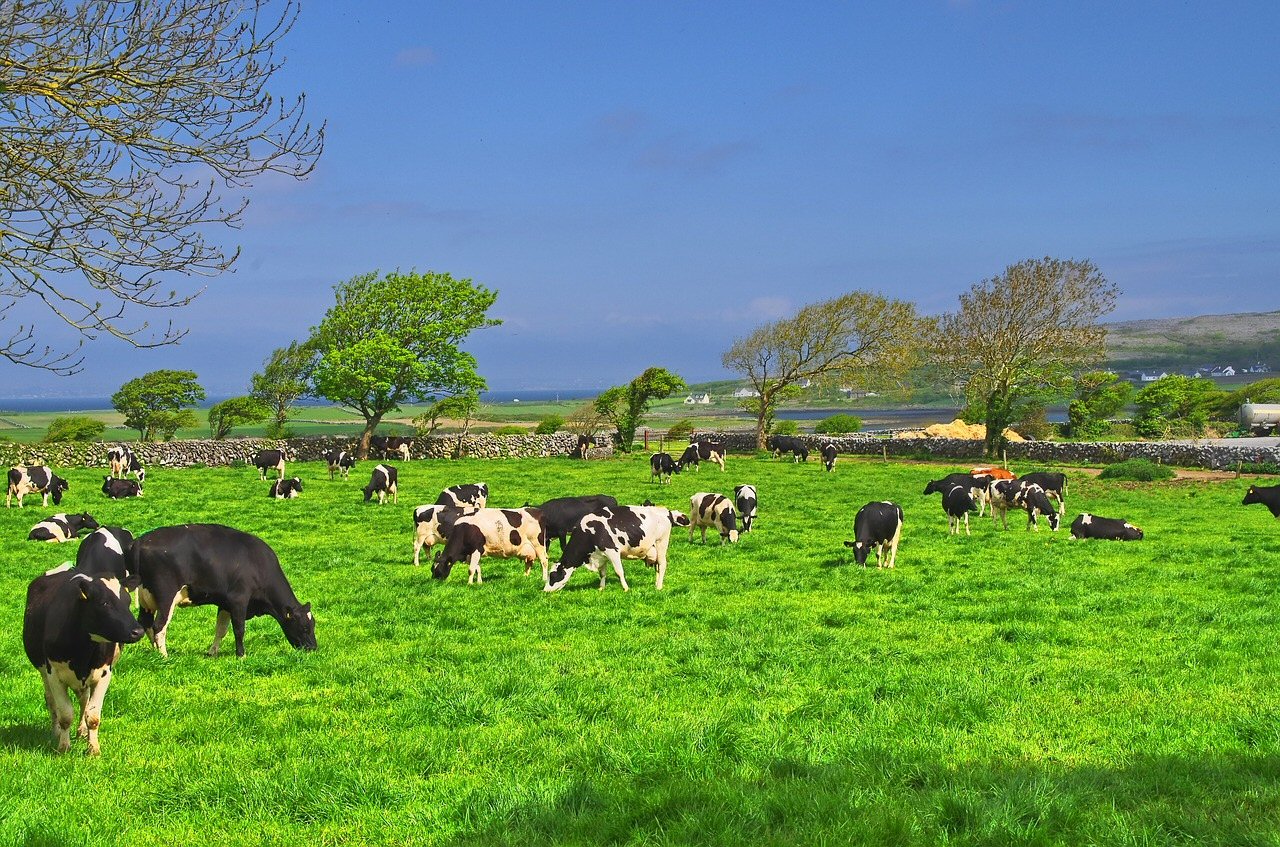Today, I made an online presentation to a virtual workshop jointly organised by MAREI, the Marine and Renewable Energy Ireland centre at University College Cork and the Economic and Social Research Institute, Dublin on climate and energy policy research. The talk discussed measures in agriculture to reduce Irish agriculture’s greenhouse gas footprint in the context of the country’s policy goals for climate stabilisation. Below is a transcript of the talk.
Agriculture is the single largest contributor to Ireland’s greenhouse gas emissions, accounting for 34% of total national emissions in 2018, but 46% of the emissions that are limited by the EU Effort Sharing Decision.… Read the rest


